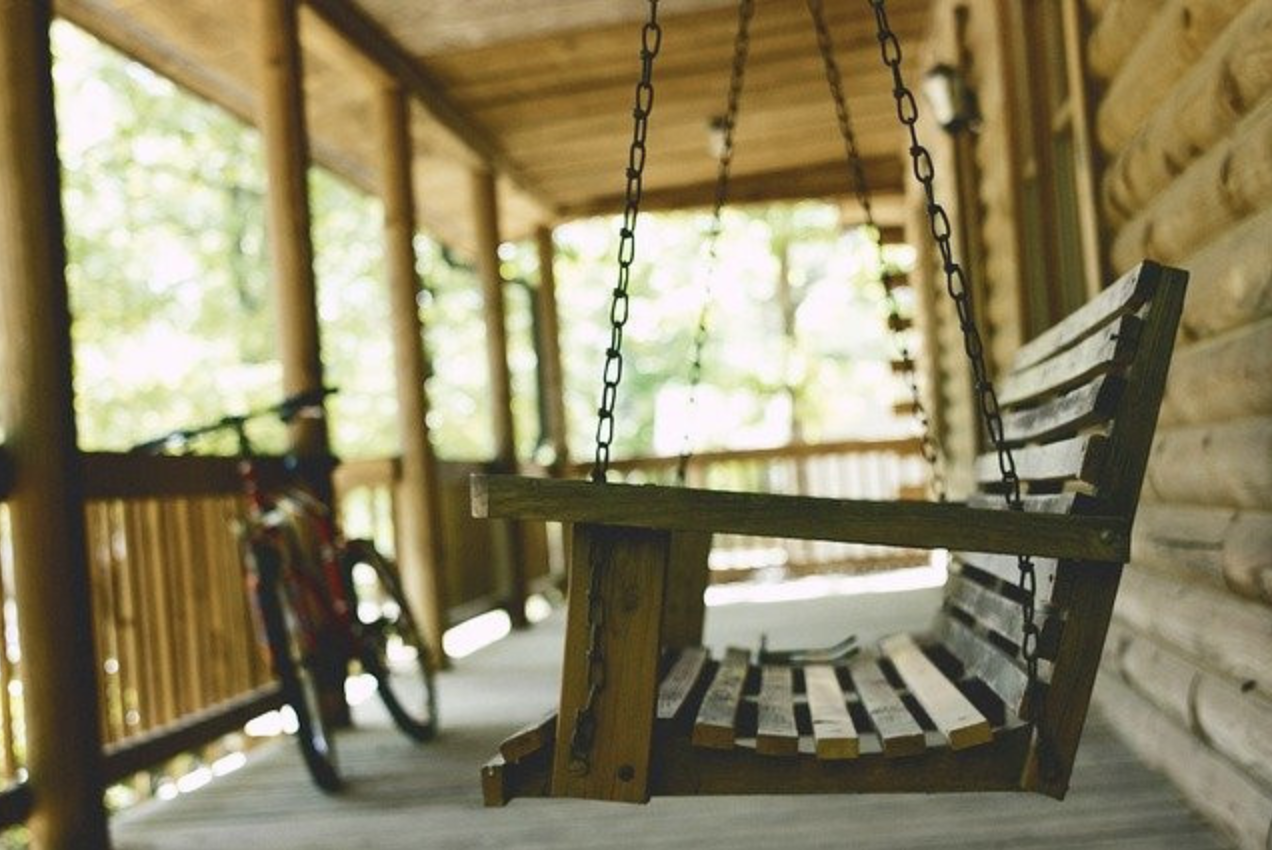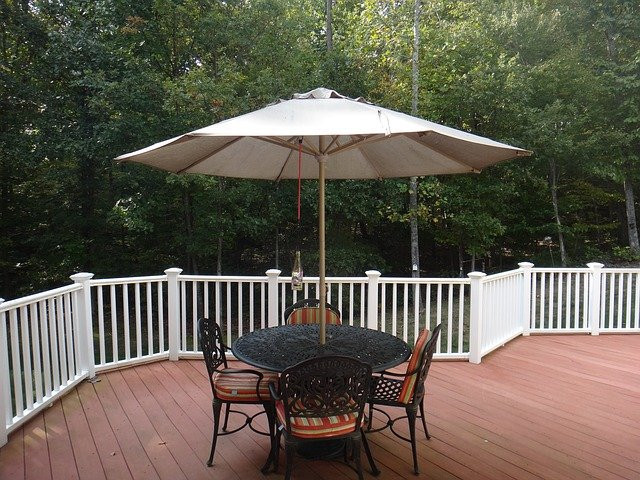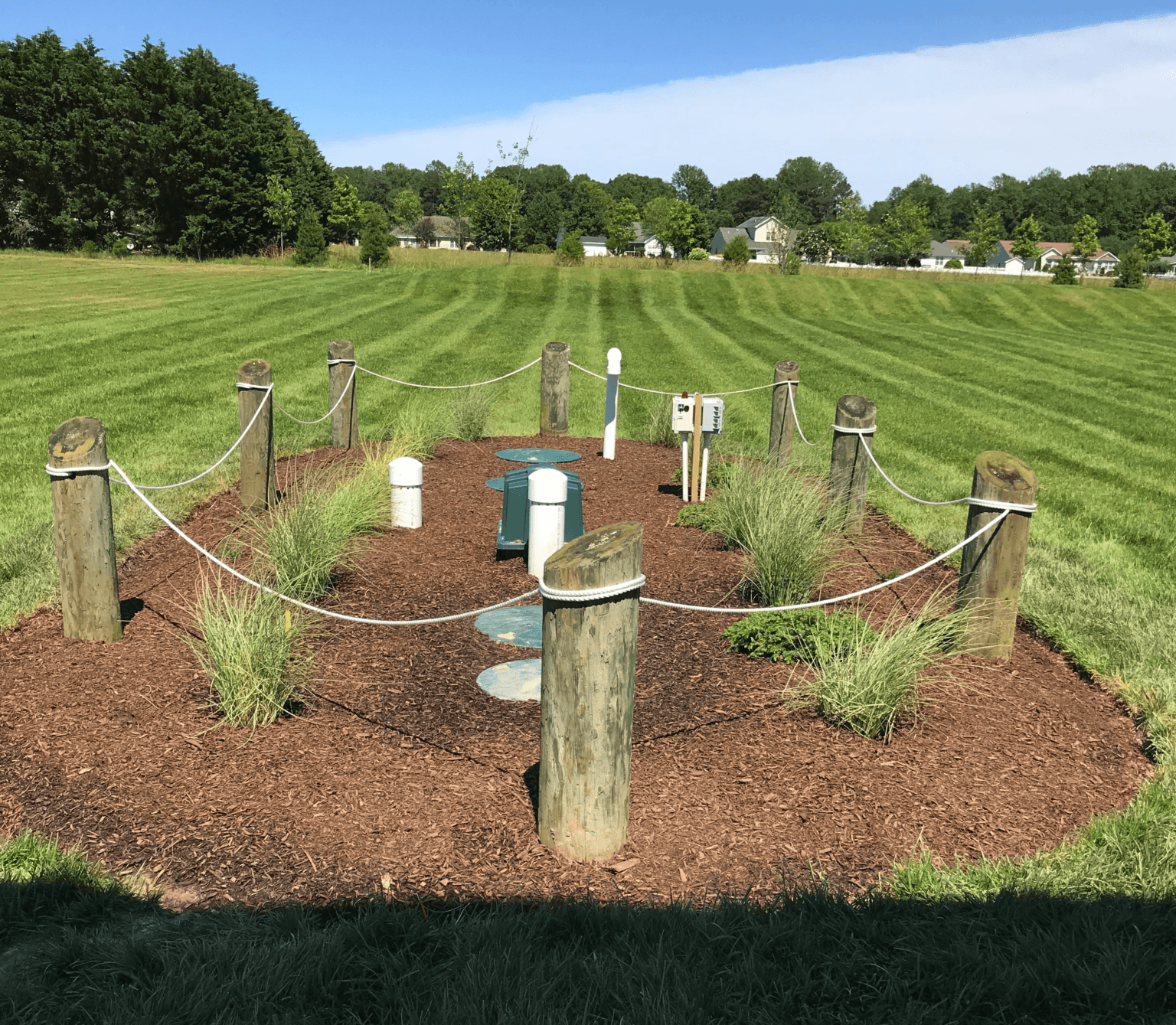For most houses having a sprinkler system is well worth it. Like most things worth having, sprinklers require regular maintenance. Before winter arrives and temperatures start to drop, homeowners need to winterize their house, including the sprinkler system.
Automatic drain valves will remove a lot of water, but some will stay in the pipes. To remove all the water from the pipes, you have to blow it out. If temperatures drop below freezing before you blow it out, you could be facing some costly repairs.
If you have all the necessary equipment, you may be able to do this by yourself. I don’t have the required equipment, so I asked my landscaping guys to help me with that. I took this opportunity to learn from them and research the topic.
Why Should I Blow Out My Sprinkler System?
Water is one of the essential parts of our lives, but as vital as it is, it can also be dangerous if we don’t pay attention. When the water cools down, it behaves similarly to other elements decreasing its volume. However, after a certain point, cold water starts to expand. When temperatures are below the freezing point, the water will transform into ice and expand even more.
If that water freezes when pipes are full, the volume will increase and put a lot of pressure on pipes, valves, pumps, and other elements of your sprinkler system. Water volume may increase to the point of making the pipe burst. The same goes for different parts of the sprinkler system.
When spring finally arrives, you will discover the problem, and complicated, expensive, repair works will follow. The only way to prevent it is to blow the water out on time.
How Do I Blow Out My Sprinkler System?
The easiest way would be to call a professional and have it done like I did this time. However, that is not free, and if you have the opportunity and have the right tools, you can do it yourself. I will assume that you understand how your sprinkler system works, which parts it contains, and where they are located.
Use these steps to remove as much water as possible. Blowing out excess water is especially important for systems that have electric valves. These retain water on the valve diaphragm, and blowing it out is a must.
Step 1 – Turn the water off
Turn the water supply to the sprinkler off. Depending on your system, you may have to shut the water off for the whole house. The master shut off valve may be in the basement or utility room or somewhere else.
Step 2 – Drain the water
First of all, you will have to drain the system. Some sprinkler systems are manual, while others have an automatic draining system. You may think that an automatic system is good enough to remove all the water but that’s not the case. If something was not installed properly or shifted during years of use, some water could stay inside. And there is no way to check it because everything is buried underground.
Step 3- Rent or purchase the right air compressor
To blow out the water, you will need an air compressor. And not just any compressor. Too much pressure can damage the system, but the pressure is not the only factor in choosing the right equipment. Another important thing is air volume. If the air volume is too low, it will not remove water. The compressor should be in a range of 40 to 80 psi, but not over 50 for polyethylene pipes.
When it comes to air volume, you need more CFM (cubic feet per minute) than a regular compressor you may have at home can deliver. To determine CFM, check the manual that came with the sprinkler system to see how many gallons per minute the system delivers. The number you see should be divided by 7.5 to get the CFM required.
Blowing out your system with an insufficient air volume will cause the air to move on top of the water along the pipes. You will blow out just a bit, and the rest will remain inside.
Step 4 – Blowout the water
Take a suitable compressor and attach it to the downstream blowout fitting. It has to be appropriately connected, and this can be a challenge. The isolation ball valve downstream of the backflow prevention device has to be closed. Use the compressor to blow out excess water from a given section of your sprinkler system. Repeat the process in other sections if this applies to your specific system.
When you are done, position ball valves into partially opened positions.
Step 5 – Drain the pump
After you blow out the system, drain the pump and remove it if possible for the winter. Some systems have an atmospheric vacuum breaker that prevents backflow, which can also be blown out. However, if your system has a pressure vacuum breaker or reduced pressure backflow prevention, blowing out those must be avoided at all costs. These are drained differently, and you should find all the necessary information in the manual.
Step 6 – Visual inspection
Visually inspect all accessible sprinkler system parts to ensure that there is no damage or any other issues. If you have any doubts, call a professional.
Video Demonstration: How to Winterize a Sprinkler System – Blow Out Method
The video below goes over the steps to blow out a typical sprinkler system:
Additional Tips and Tricks for Blowing Out the Sprinkler System
- When you blow out an individual section, repeat the process. Try not to do it over an extended period of time, and do it in cycles. It is better to do it twice to ensure all the excess water has been blown out.
- Do not over-blow it. Compressed air can also cause damage to pipes.
- Leave the irrigation controller on during winter. This will reduce the humidity around it.
- Use protective gear, such as work gloves and protective glasses. Compressed air can cause injuries.
- Never use more than 80 psi for PVC pipes.
- Close the manual drain valves after you blow out the system (if applicable).
- Do not stand over any sprinkler component while they are air pressurized.
- Do not blow the system out through the pump. The pump has to be drained separately.
Blowing out the sprinkler system is relatively straightforward, but if you are not sure about installed parts or have no suitable equipment, I would ask a professional for help. To blow out your sprinkler system should not be too expensive, and you can look at it as an investment.
Related Posts:




